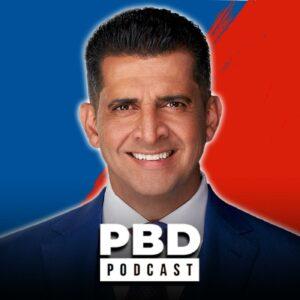
In this episode of “The Tim Ferris Show,” Tim speaks with Dr. Willoughby Britton, a clinical psychologist and associate professor at Brown University Medical School. They discuss the hidden risks of meditation, overlaps with psychedelic risks, harm reduction strategies, how to choose a retreat, near-death experiences, and more.
Meditation can have both positive and negative effects on sleep quality. The impact is non-linear, meaning that the duration and frequency of meditation play a crucial role. Meditating less than half an hour and less than every day can increase sleep quality, but meditating more can lead to insomnia and cortical arousal. It’s important to find the optimal amount of meditation that yields positive results. Additionally, excessive meditation can lead to hyperarousal syndrome, similar to the effects of stimulants like Ritalin and caffeine.
There are overlaps between the risks associated with meditation and psychedelics. Combining psychedelics and meditation can lead to dysregulation and adverse effects. Both meditation and psychedelics can induce perceptual changes and altered states of consciousness. High-dose psychedelic experiences and meditative states may be touching parts of the same thing, suggesting potential similarities in their effects on the brain and mind.
To mitigate the risks associated with meditation, it’s important to focus on harm reduction strategies. Instead of screening people out, there should be a focus on closely monitoring individuals and providing more offerings as part of the retreat. Training for meditation instructors, monitoring participants, and offering off ramps for individuals experiencing adverse effects are essential. It’s also crucial to identify personal indicators for stress and dysregulation to effectively manage mental well-being.
Choosing a meditation retreat requires careful consideration. Vetting involves matching the goals of the retreat to the individual and being cautious of certain retreats. Shorter meditation retreats, like two or three days, can be done without issues. However, retreats with high doses of meditation, no movement practice, and lack of tailored feedback should be approached carefully. It’s important to find a retreat that aligns with one’s goals and provides a supportive and safe environment.
Dr. Britton’s research on near-death experiences revealed distinct brain activity in individuals who had these experiences compared to those who did not. This suggests that near-death experiences have a neurological basis. There are also similarities between near-death experiences and mystical experiences induced by higher dose psychedelics. The study raises questions about consciousness, the nature of reality, and the potential connections between altered states of consciousness.
This episode delves into the hidden risks of meditation, overlaps with psychedelic experiences, harm reduction strategies, choosing the right retreat, and near-death experiences. It highlights the importance of understanding the potential negative effects of meditation and the need for proper monitoring and support within retreat settings. By being informed and cautious, individuals can engage in meditation and related practices in a safe and beneficial manner.